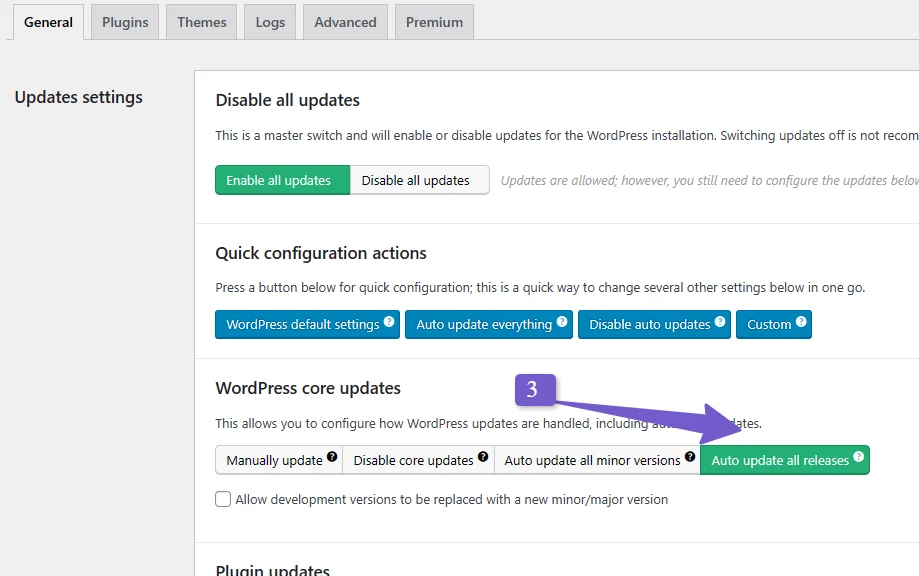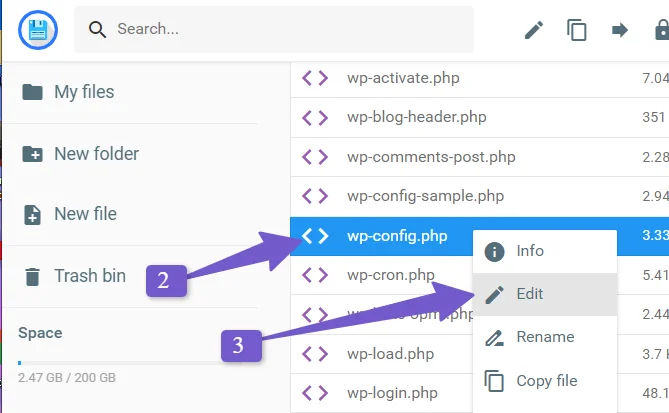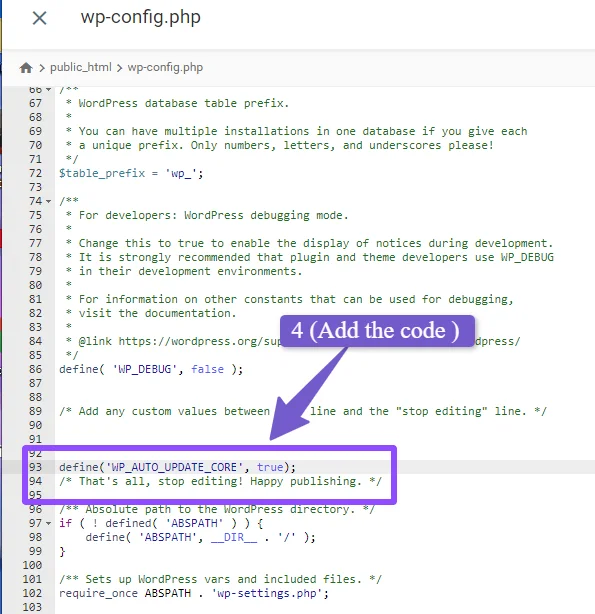In today’s digital age, keeping your website updated is crucial for security, functionality, and delivering a seamless user experience. If your website runs on WordPress, you’ll be pleased to know that updating it doesn’t have to be a cumbersome task. Whether you’re a seasoned developer or a beginner just getting your feet wet, our comprehensive guide on “How to Update WordPress Manually and Automatically” will walk you through every step of the process. By the end of this article, you’ll be equipped with all the knowledge you need to ensure that your WordPress website stays up-to-date and secure, all with minimal hassle.
How to Update WordPress Manually and Automatically
WordPress is a widely used content management system (CMS) that powers millions of websites around the world. Regularly updating your WordPress website is crucial to ensure optimal performance, security, and access to the latest features. In this guide, we’ll walk you through the process of updating WordPress both manually and automatically, catering to beginners who may be unfamiliar with the process.
What to Do Before Updating WordPress?
Before you start the updating process, it’s essential to take a few precautionary steps:
- Backup Your Website: Back up your entire website, including files and the database. This ensures that if anything goes wrong during the update, you can easily restore your website to its previous state.
- Check Theme and Plugin Compatibility: Ensure that your installed themes and plugins are compatible with the latest version of WordPress. Outdated themes and plugins can cause conflicts and issues after the update.
- Review Customizations: If you’ve made any customizations to your website’s code, make sure to document them. Upgrading may overwrite some files, affecting your customizations.
IMPORTANT! Backup Your WordPress Site Before Updating. Check our Separate Guide on How to backup a WordPress site for Free
How to Update WordPress Website Manually
There are several ways to update WordPress manually, catering to various scenarios. Here’s how:
1. Update WordPress Via Dashboard using Built-in System
WordPress provides a convenient way to update itself via the dashboard:
- Log in to your WordPress admin dashboard.
- If an update is available, you’ll see a notification at the top. Click “Please update now.”
- On the next page, click the “Update Now” button.
2. Update WordPress Manually Via cPanel
There is more than one way to perform the same action. You can easily update your WordPress through its dashboard but if you want to do it manually through your Cpanel, you’ll need to install the updated version of WordPress from wordpress.org and after that, you can easily upload it to your root directory.
For a manual update via cPanel:
- Download the latest WordPress version from WordPress.org.
- Log in to your cPanel account.
- Navigate to the File Manager and open your WordPress root directory.
- Locate public HTML and open it.
- Upload the new WordPress updated file via cPanel and extract it here.
Open the update folder and delete the wp-content folder as you’ll be using old themes and plugins.
- Now, move the files directly to public HTML. select all the files inside the update folder and move them to the public html.
Confirm overwriting/replacing files when prompted.
3. Update WordPress Manually Via FTP
Using FTP (File Transfer Protocol) to update WordPress can be beneficial for several reasons:
- Manual Control: FTP provides manual control over the file transfer process. Unlike automatic updates through the WordPress dashboard, FTP allows you to review and select which files to update, giving you greater control over your website’s files and ensuring that updates won’t break your site.
- Backup and Restore: Before making any updates, you can create a backup of your website files and database using FTP. This allows you to restore your website quickly in case something goes wrong during the update process.
- Troubleshooting: If a WordPress update causes issues on your site, using FTP enables you to easily revert to a previous version of the WordPress core, plugins, or themes. This can be crucial in quickly resolving compatibility or functionality problems.
- Large Files: FTP is well-suited for transferring large files, which can be the case with themes or plugins that contain extensive media or data. It ensures that these files are transferred without errors.
- Isolation: FTP can help isolate your website’s files from the WordPress dashboard. If there’s an issue with the dashboard or WordPress admin, you can still access and manage your files through FTP.
- Customization: Advanced users may find FTP more suitable for customizing their WordPress installation. It allows you to edit files directly and make changes beyond what’s possible through the WordPress dashboard.
While FTP offers these advantages, it’s important to note that it requires some technical knowledge, and improper use can lead to errors or security risks. Ensure you have the necessary credentials, use secure FTP options, and exercise caution when modifying files to maintain the integrity and security of your WordPress website. Additionally, consider using FTP in conjunction with regular WordPress backups and updates to keep your site running smoothly and securely
Using an FTP client like FileZilla:
- Download and install the latest version of WordPress from its official site.
- Extract the file and delete the wp-content folder.
- Connect to your website’s server using FTP.
- Navigate to the root directory / public-html of your WordPress installation.
- Upload the extracted files to public_html.
- A pop-up will appear with the option “overwrite” or “replace”. Choose overwrite and all the files will be uploaded to public_html.
- Go to the WordPress dashboard to check if the WordPress version has been updated
How to Update WordPress Website Automatically
Manual updates are usually recommended for big sites with plenty of plugins installed on them. But if you are a beginner or have a small website then you should definitely prefer the automatic update.
Automatic updates save time and effort. Here’s how to do it:
1. Update WordPress Automatically via Dashboard
- Log in to your WordPress admin dashboard.
- Go to “Dashboard” > “Updates.”
- Enable the option for automatic updates for all new versions of WordPress.
2. Update WordPress Automatically via Plugin
You can use plugins like “Easy Updates Manager” to automate the update process:
- Install and activate the plugin from the WordPress repository Plugins>>Add New.
- Configure the plugin settings to enable automatic updates.
- Navigate to the WordPress dashboard and click on Updates Options.
Under the General tab, you’ll find WordPress core updates.
- Click on “auto update all releases“.
3. Update WordPress Automatically via cPanel and FTP
Some hosting providers offer automatic updates via cPanel or FTP. Check your hosting documentation for instructions on enabling this feature. you also can use the custom code to enable auto updates. here is how:
- Login to the WordPress cpanel.
- Locate the file manager and open it.
- Open the public_html and find the wp-config.php file.
- Edit the file and add the following line of code to the end of it.
define('WP_AUTO_UPDATE_CORE', true);
That’s all!
Best Practices for WordPress Updates
Regular Maintenance and Updates
Schedule regular updates and maintenance checks to keep your site running smoothly.
Testing Updates on a Staging Site
Before applying updates to your live site, test them on a staging site to ensure compatibility and stability.
What Should You Do After Updating WordPress
After updating WordPress, it’s important to:
- Check Your Website: Browse your website thoroughly to ensure all pages, features, and plugins are working correctly.
- Update Themes and Plugins: If there are updates available for your themes and plugins, update them to ensure compatibility with the latest WordPress version.
- Monitor Performance: Keep an eye on your website’s performance and load times. If you notice any issues, address them promptly.
- Regular Backups: Continue to regularly back up your website to safeguard against unforeseen issues.
Why You Should Always Update WordPress
The importance of updating WordPress cannot be overstated. In an age where cybersecurity threats evolve every day and user experience dictates the success of your online venture, staying current with the latest WordPress updates is not just an option—it’s a necessity. Below are some compelling reasons why you should always keep your WordPress website updated.
1. Security Enhancements: WordPress powers a significant portion of the world’s websites, making it a prime target for hackers and malware. Each update comes with security patches that fix vulnerabilities and strengthen your site’s defenses against cyber threats.
2. Bug Fixes: No software is perfect, and WordPress is no exception. Each update often includes fixes for bugs and issues that were present in earlier versions. These fixes can improve your website’s functionality and prevent potential problems that could affect your users’ experience.
3. Improved Performance: Each update generally brings performance improvements that can make your website faster and more efficient. Faster page load times improve user experience and can even contribute to better search engine rankings.
4. New Features and Functionalities: WordPress updates regularly introduce new features and functionalities that can enhance the capabilities of your website. These features can range from editing tools to widgets, and they can help you provide a more enriching user experience.
5. Compatibility Issues: Web technologies are constantly evolving. New versions of web browsers are released, and other tools and plugins that your website uses may also get updated. Keeping WordPress up-to-date ensures better compatibility with these technologies.
6. SEO Benefits: Search engines favor websites that are well-maintained, secure, and fast. By updating WordPress, you are essentially optimizing your site for better search engine visibility.
7. Data Integrity: Older versions of WordPress might not be as efficient in data backup and recovery as the newer ones. Updating WordPress can also mean better options for data integrity, including more efficient and secure backups.
Conclusion
Regularly updating WordPress is essential for maintaining a secure and high-performing website. Whether you choose to update manually or automatically, following these steps will help ensure a smooth update process. Remember to always back up your website before making any changes and stay vigilant about plugin and theme compatibility. By following these guidelines, you’ll keep your WordPress website up-to-date and running smoothly.



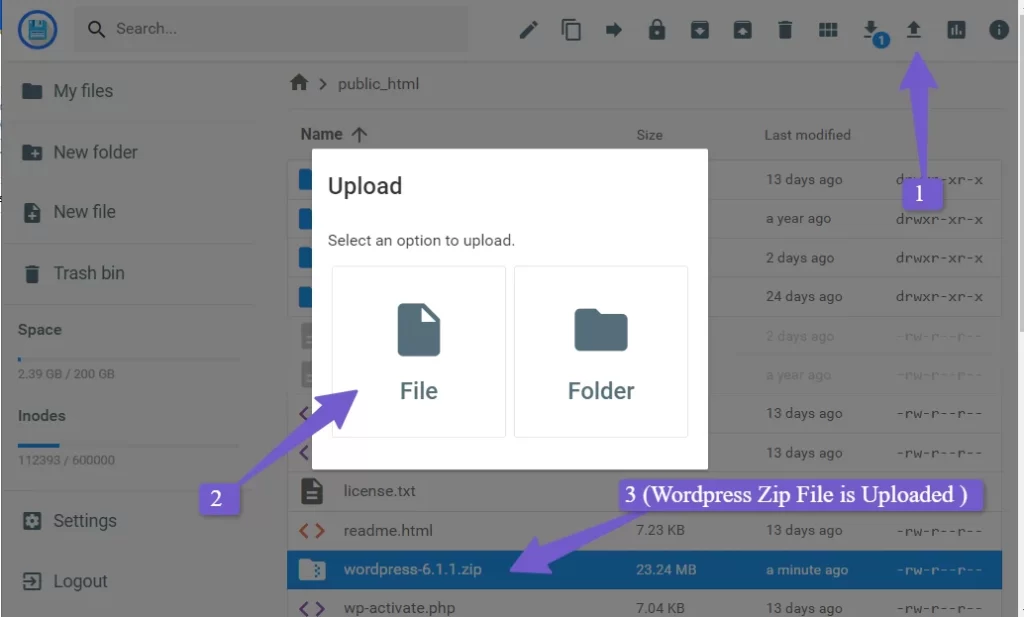 Open the update folder and delete the wp-content folder as you’ll be using old themes and plugins.
Open the update folder and delete the wp-content folder as you’ll be using old themes and plugins. 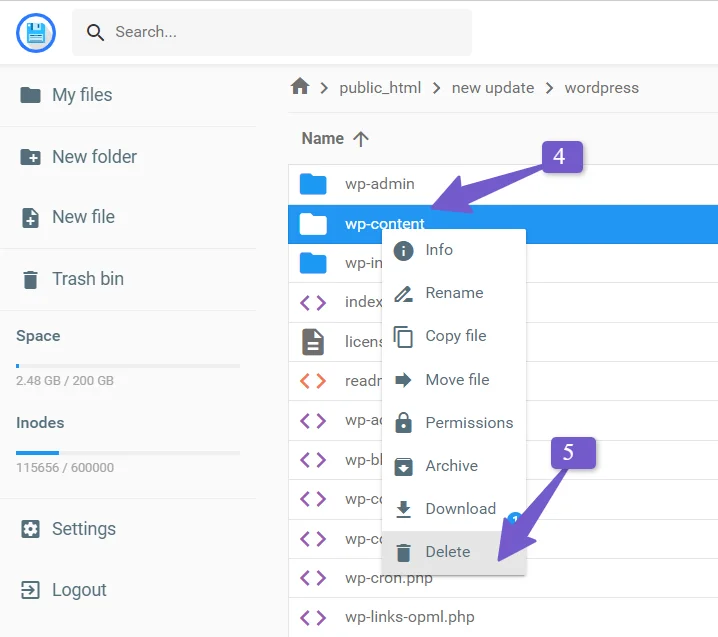
 Confirm overwriting/replacing files when prompted.
Confirm overwriting/replacing files when prompted. 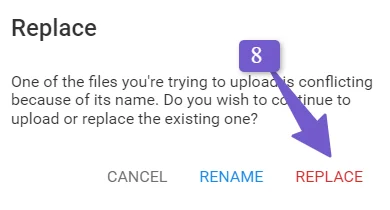
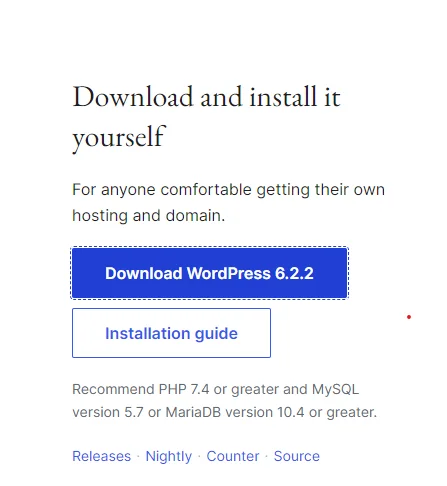
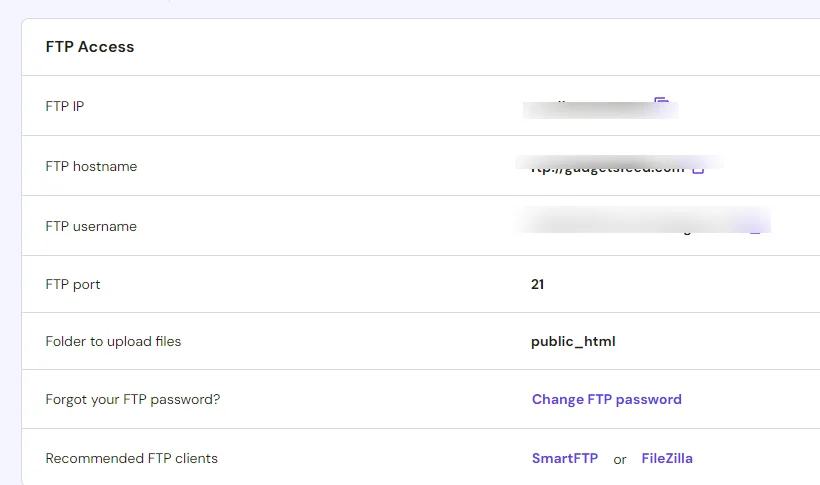
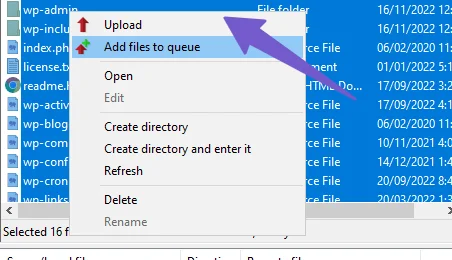

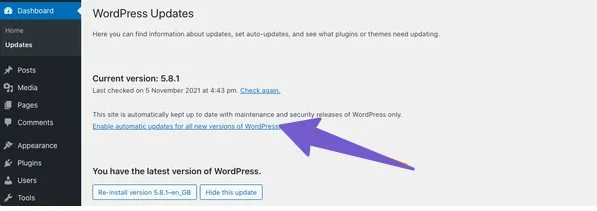
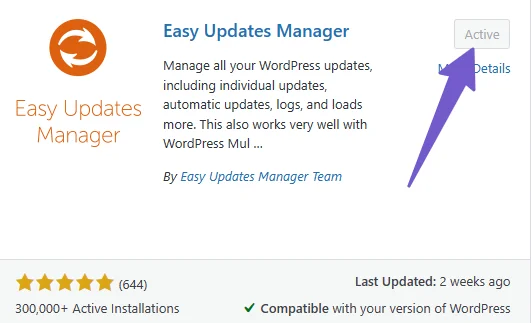
 Under the General tab, you’ll find WordPress core updates.
Under the General tab, you’ll find WordPress core updates.